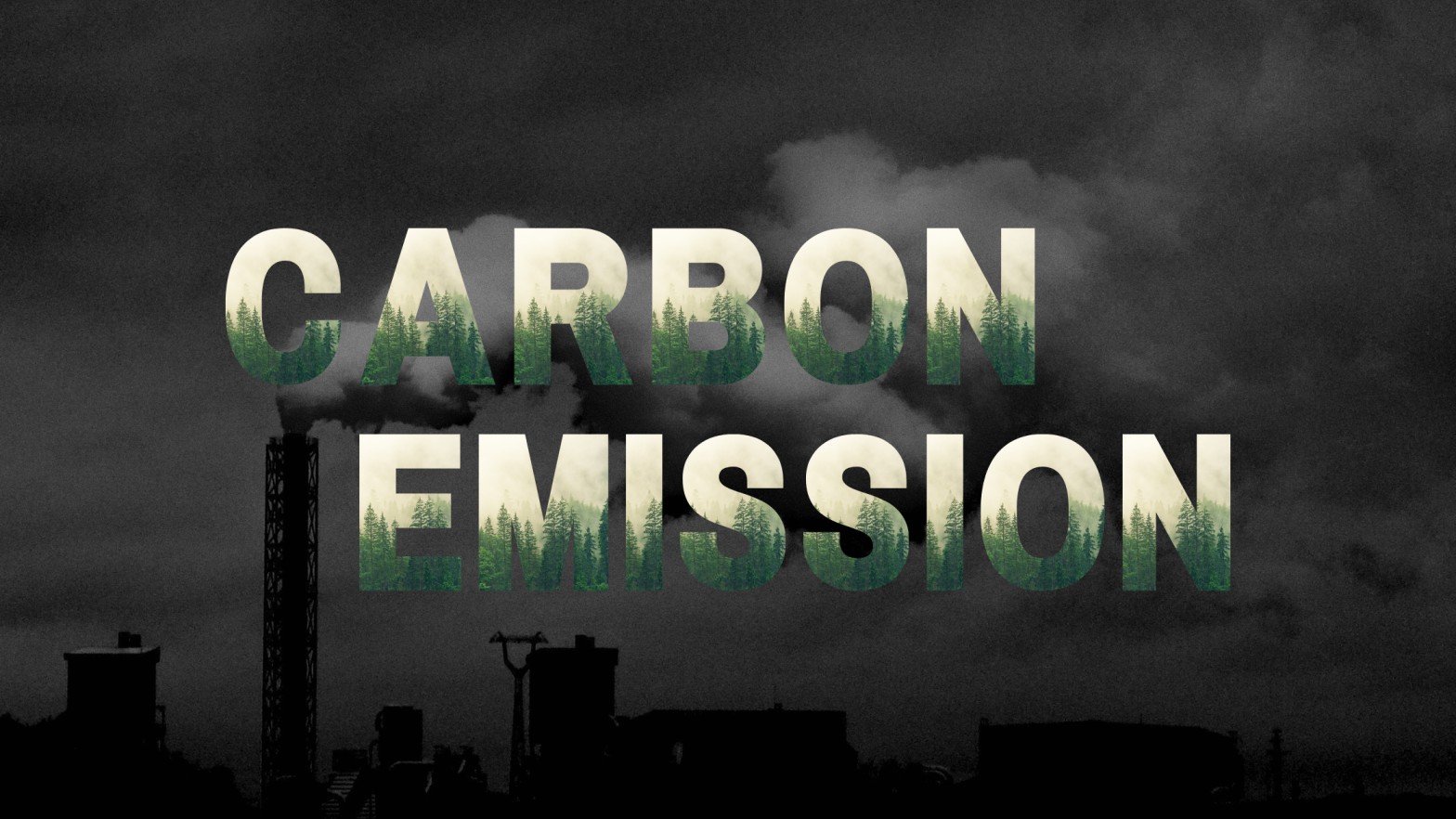
Net Metering – Gujarat
Gujarat to Allow Net Metering for Rooftop Solar Systems upto 1 MW
The Gujarat Electricity Regulatory Commission (GERC) has made a number of amendments to the regulations that were released in 2016 and entitled “Gujarat Electricity Regulatory Commission (Net Metering Rooftop Solar PV Grid Interactive Systems.” According to the new regulation known as the Gujarat Electricity Regulatory Commission (Net Metering Rooftop Solar PV Grid Interactive Systems) (Third Amendment) Regulations, 2022, net metering would be allowed for rooftop solar systems with a capacity of 1 kW and up to 1 MW. Rooftop solar systems with capacities ranging from 10 kW to 1 MW will be able to adopt gross metering.
The new law will allow residential users to build rooftop solar projects regardless of the sanctioned load that the system may be able to support. Customers are eligible to get incentives as part of the scheme. There won’t be any capacity restrictions for captive customers or projects that are offered for sale to third parties within the bounds of the law up to the authorized load demand.
If a rooftop project is developed by a residential or government customer in accordance with the gross metering mechanism and is situated on their property, the DISCOM will purchase ownership or legal possession of the property in accordance with the just-released 2019 Policy for the Development of Small-Scale Distributed Solar Projects.
The 2016 Gujarat Electricity Regulatory Commission (Net Metering Rooftop Solar PV Grid Interactive Systems) Regulations have been updated by the Gujarat Electricity Regulatory Commission (GERC).
The Gujarat Electricity Regulatory Commission (Net Metering Rooftop Solar PV Grid Interactive Systems) (Third Amendment) Regulations, 2022, a new regulation, states That means rooftop solar systems with a capacity of between 1 kW and 1 MW will be eligible for net metering. For rooftop solar systems with capacities between 10 kW and 1 MW, gross metering will be allowed.
Residential rooftop solar projects will be allowed under the new policy regardless of the allowable load. The program offers incentives to consumers. There won’t be any capacity restrictions up to the allowed load demand for captive consumers and third-party sale projects within the legal maximum.
According to the 2019 Policy for Development of Small Scale Distributed Solar Projects, if the rooftop project erected by residential or government consumers under the gross metering mechanism is situated on their property, the DISCOM will obtain ownership or legal possession.
Renewable energy certificate (REC) projects intended for captive consumption or sale to third parties may build solar installations up to the sanctioned load. Regardless of their authorized load, the capacity of solar projects created to meet renewable purchase obligation (RPO) criteria will be allowed.
Residential and government construction
On-roof solar projects installed by residential consumers regardless of the authorized load will be permitted. Under third-party selling, a developer may also install solar projects on the rooftop of a residential customer for the generation and sale of electricity to another consumer on the same property. In this instance, the developer and consumer must enter into a lease or power purchase agreement.
In the case of self-owned systems and SURYA Gujarat project consumers, DISCOMs are required to purchase power at 2.25 ($0.029)/kWh for the first five years following the project’s commissioning. Afterwards, they must acquire it at 75% of the simple average of the tariff discovered and contracted through the competitive bidding process undertaken by GUVNL for non-park-based solar projects in the six months before the project’s commercial operation.
For projects designed for third-party sale, DISCOMs must purchase the power at 75% of the simple average tariff discovered and negotiated through the competitive bidding process conducted by GUVNL for non-park-based solar projects within six months prior to the project’s commercial operation. The same must remain constant during the duration of the contract. These charges will be announced by GUVNL every six months and will be applicable under the agreement that DISCOM will execute with the consumer.
No banking fees will be assessed for household solar energy consumption.
Captive projects
There won’t be any limitations on this category’s capacity. The captive consumer is required to use the energy produced by the plant. Documentation must be provided each year to prove ownership of the captive solar generating installation and its annual energy use.
For solar projects created by HT or EHV customers for captive usage, the energy set-off will be allowed between 7:00 a.m. and 8:00 p.m. on the same day. Following the allowed time, the relevant DISCOM should purchase the extra energy.
Energy set-off will be allowed between 7:00 and 18:00 hours for solar arrays built for captive usage by LT demand-based consumers. Individual DISCOMs are required to compensate users for any excess energy they did not utilize during the time following set-off using the surplus injection compensation (SIC) rates.
For the first five years after the project is commissioned, the excess injection compensation rate for projects developed by micro, small, and medium-sized (MSM) manufacturers will be 2.25/kWh. In the six months prior to the project’s commercial operation, they must later purchase it at 75% of the simple average rate established by GUVNL for non-park-based solar projects. For the term of the contract, the rate will remain in place.
In the six months prior to the project’s commercial operation, the excess injection compensation rate for non-MSMEs will be 75% of the simple average tariff that was determined and contracted through the competitive bidding process used by GUVNL for non-park-based solar projects. For the duration of the contract, the conditions won’t alter.
Solar energy use will result in banking expenses of 1.50/kWh for demand-based consumers. Banking fees of 1.10/kWh would be charged to all other users, including MSME manufacturing facilities, would be charged 1.10/kWh. Banking fees are not applied to governmental structures. projects intended for sale to outside parties
When the owner of solar power systems sells electricity to other consumers, it is a third-party sale. On the rooftops of consumers, developers can construct projects to produce and sell electricity via a lease or power purchase agreement.
On the same day, between 7:00 and 18:00, energy set-off for solar rooftop projects built by HT/EHV users and LT demand-based consumers is permitted. DISCOMs must purchase extra energy after the specified duration.
The extra energy that consumers do not use during the set-off period must be paid for by DISCOMs at a rate that is 75% of the simple average of the tariff that GUVNL found for non-park-based solar projects in the six months before the project’s commercial operation. Throughout the life of the contract, nothing will change.
Solar energy use will result in banking expenses of 1.50/kWh for demand-based consumers. Other than LT demand-based clients, MSME units would be charged a banking fee of 1.10/kWh. Governmental structures will not be subject to banking fees.projects that make use of the REC mechanism
The Central Electricity Regulatory Commission has established the administrative procedure for rooftop solar project registration and accreditation under the REC system (CERC)Projects created using the REC technique should base their energy accounting on 15-minute time chunks.
Installations established for captive or third-party sale under the REC mechanism should have surplus energy compensated by DISCOMs at 65% of the simple average of the tariff GUVNL found for non-park-based solar projects in the previous six months. For the term of the contract, the rate will remain in place.
The appropriate price for DISCOMs agreeing to buy electricity through the REC mechanism is 65% of the simple average tariff for solar projects situated outside of solar parks in the six months prior to the PPA signing. For the term of the contract, the rate will remain in place.
There won’t be any banking fees applied. Projects designed for third-party sale will be subject to cross subsidy surcharge and an additional surcharge, as defined by the Commission, in the same way as projects for regular open access customers. Depending on where the project is located and where it will be used, transmission and wheeling costs and losses will be calculated.
Projects designed for RPO conformance
Regardless of their contracted needs, consumers are allowed to set up projects to fulfill their RPO requirements. For such applications, energy accounting must be done in 15-minute increments.
For RPO fulfillment, the excess solar energy that DISCOM obtains from captive or outside solar systems will be assessed. When excess electricity is added to the grid, the DISCOM will make up for it at a rate that is 75% of the simple average of the tariff that was chosen and agreed upon in a competitive bidding procedure run by GUVNL for solar projects that are not park-based. For the term of the contract, this pay rate will be in force. There won’t be any banking fees applied.
Electricity transmission and distribution
The same transmission fees and losses, wheeling fees, and unit losses that apply to regular open access consumers will apply when wheeling or transmission of power for captive consumption is authorized for open access.
Cross-subsidy and additional surcharges
Captive projects are exempt from both the cross-subsidy surcharge and the additional surcharge. Those intended for third-party sale will be subject to the same cross subsidy surcharge and additional surcharge as projects intended for regular open access customers.
In February, GERC reiterated that DISCOMs must set a cap of 4 per kilowatt-hour for the state’s average power purchase cost for the fiscal years 2020–21 when purchasing surplus energy from rooftop solar installations.
Please find the link to the Official Document released by The Government of Gujarat – https://gercin.org/




